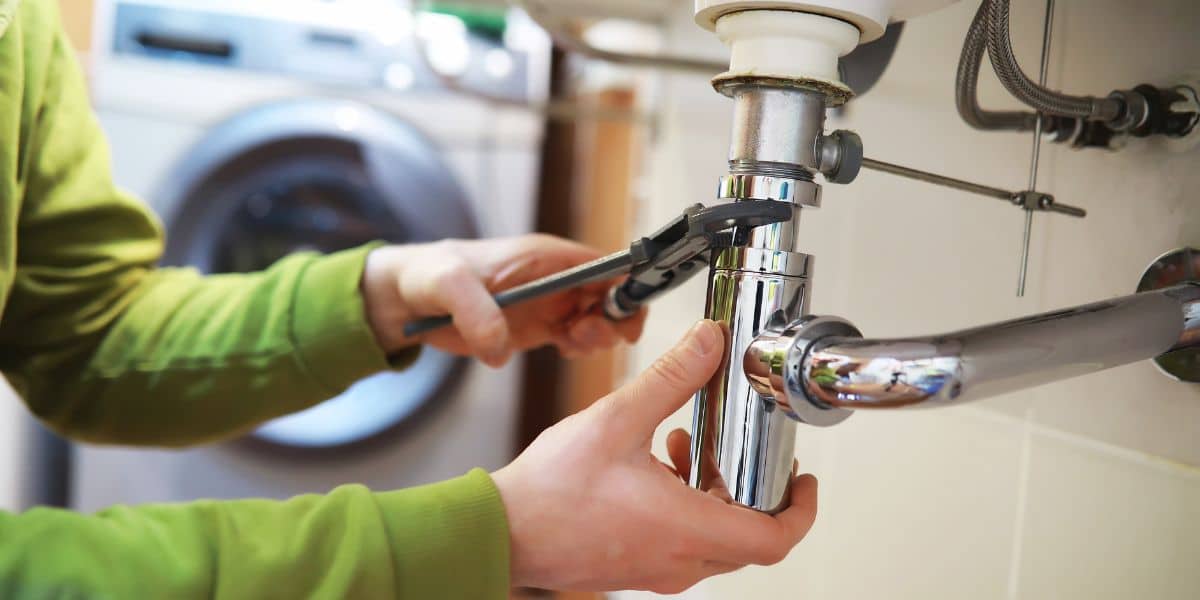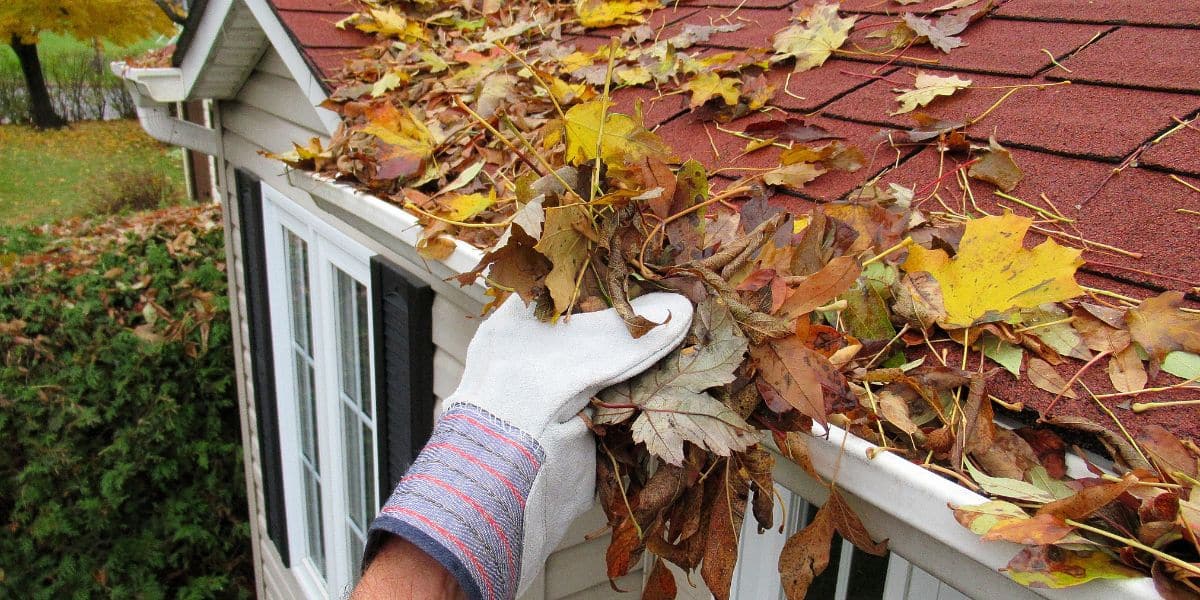What to Do Immediately After Buying Your Home
Congratulations—you’re officially a homeowner! Closing on your new home is an exciting milestone, but the journey doesn’t end there. The transition from the buying process to settling in requires thoughtful steps to secure your property, handle administrative tasks, and start turning your house into a home. By tackling these tasks right away, you’ll not only protect your investment but also set the stage for a smooth and enjoyable homeownership experience. Let’s explore what to do immediately after buying your home.
Secure Your New Home
Your home should be a safe haven, and ensuring its security is one of the first steps to take after moving in.
Change the Locks and Security Codes
- It’s impossible to know how many people may have access to the keys or codes from the previous owner. Rekey the locks or replace them entirely for peace of mind.
- Update any smart security systems, including alarm codes, garage door openers, and Wi-Fi-enabled locks.
Inspect and Test Security Systems
- If the home has an alarm system or surveillance cameras, ensure they’re operational and set up for your use.
- Replace the batteries in smoke detectors and carbon monoxide detectors to ensure they’re functioning properly.
Set Up Utilities
- Transfer or establish accounts for electricity, water, gas, internet, and any other essential services. If the previous owner had utility services in place, coordinate to avoid interruptions.
- Confirm billing addresses and setup details to prevent any lapses in service.
Handle Administrative Tasks
Staying organized with the necessary paperwork and updates will make the transition to homeownership smoother.
Update Your Address
- Notify the United States Postal Service (USPS) to forward your mail.
- Update your address with your bank, credit card companies, insurance providers, employers, and any subscription services.
- Don’t forget to change your address on your driver’s license and voter registration.
File Important Documents
- Safeguard essential documents like the deed, mortgage paperwork, and closing documents in a secure location. Consider a fireproof safe or digital backups for extra protection.
- Keep warranties and manuals for appliances and systems that came with the home.
Review Your Home Insurance Policy
- Verify that your homeowners insurance policy is active and provides adequate coverage for the property and its contents.
- Consider additional coverage if you plan to make renovations or have high-value items that require extra protection.
By prioritizing these initial steps, you’ll start off on the right foot in your new home. Up next, we’ll look at how to perform a thorough walkthrough to familiarize yourself with your property and address any potential issues.
Perform a Thorough Walkthrough
Before settling in completely, take the time to do a detailed walkthrough of your new home. This will help you familiarize yourself with the property and identify any issues that might need attention.
Inspect the Property
- Double-check that all agreed-upon repairs from the home inspection were completed properly.
- Look for any new issues that may have developed since the closing, such as leaks, electrical problems, or signs of pests.
Take Photos of Each Room
- Document the condition of your home for insurance purposes. Include photos of walls, floors, ceilings, and major appliances.
- This documentation can be valuable in the event of an insurance claim or future resale.
Locate Shutoff Valves and Breaker Box
- Find the main water shutoff valve and test it to ensure it works.
- Locate the electrical breaker box, label the switches if they aren’t already, and identify the main circuit breaker.
Make Necessary Repairs and Updates
Even if your home is move-in ready, there are likely a few small tasks you’ll want to tackle to ensure everything is functioning smoothly and efficiently.
Address Immediate Repairs
- Fix small issues like dripping faucets, squeaky doors, or loose handles that might not have been addressed before closing.
- Patch any nail holes or minor wall damage left behind by the previous owners.
Plan for Future Renovations
- Create a list of larger projects or upgrades you’d like to tackle over time, such as repainting rooms, buying new appliances, or remodeling outdated spaces.
- Prioritize based on budget and necessity to avoid feeling overwhelmed.
Change Air Filters and Clean Ducts
- Replace HVAC filters to ensure clean air and improve the system’s efficiency.
- Consider professional duct cleaning if the system hasn’t been serviced recently.
Start Personalizing Your Home
Making your house feel like home is one of the most exciting parts of being a new homeowner. Focus on settling in and adding personal touches that reflect your style.
Unpack Strategically
- Start with essential rooms like the bedroom, kitchen, and bathroom to make your daily routine easier.
- Organize as you unpack to save time and avoid creating clutter.
Decorate to Reflect Your Style
- Add furniture, artwork, and accessories that align with your personal taste.
- Don’t rush to complete the décor; take your time finding pieces that you truly love.
Meet Your Neighbors
- Introduce yourself to your new neighbors to build connections and learn more about the community.
- Consider hosting a small housewarming gathering to start off on the right foot.
With these steps, you’ll begin to feel truly at home in your new space. In the next section, we’ll discuss how to establish a maintenance routine to protect your investment and keep your home in great shape.
Set Up a Maintenance Routine
Owning a home comes with ongoing responsibilities, and establishing a maintenance routine early will help you stay organized and avoid costly repairs down the line.
Create a Home Maintenance Calendar
- Schedule regular tasks like cleaning gutters, servicing your HVAC system, and inspecting your roof.
- Break tasks down by season to make them more manageable (e.g., winterize your home in the fall, check for leaks in the spring).
Stock Essential Tools
- Invest in a basic toolset, including a hammer, screwdriver set, wrench, tape measure, and a power drill, to handle minor repairs.
- Keep items like a ladder, plunger, and fire extinguisher on hand for emergencies.
Establish an Emergency Fund
- Set aside savings specifically for unexpected home repairs, such as plumbing issues, appliance breakdowns, or roof damage.
- Aim to save 1-3% of your home’s value annually for maintenance and repair costs.
By implementing a regular maintenance schedule, you’ll protect your home’s value and ensure it remains a safe and comfortable space for years to come.
Conclusion
Buying a home is a significant milestone, and taking the right steps immediately after the purchase will set you up for long-term success. By securing your property, handling administrative tasks, performing a thorough walkthrough, making necessary repairs, personalizing your space, and establishing a maintenance routine, you’ll transition smoothly into homeownership.
Your home is more than just a financial investment—it’s a place to create memories, build your future, and enjoy a sense of stability. Start with these practical steps, and you’ll be well on your way to making your house a home. Congratulations, and welcome to this exciting new chapter of your life!












